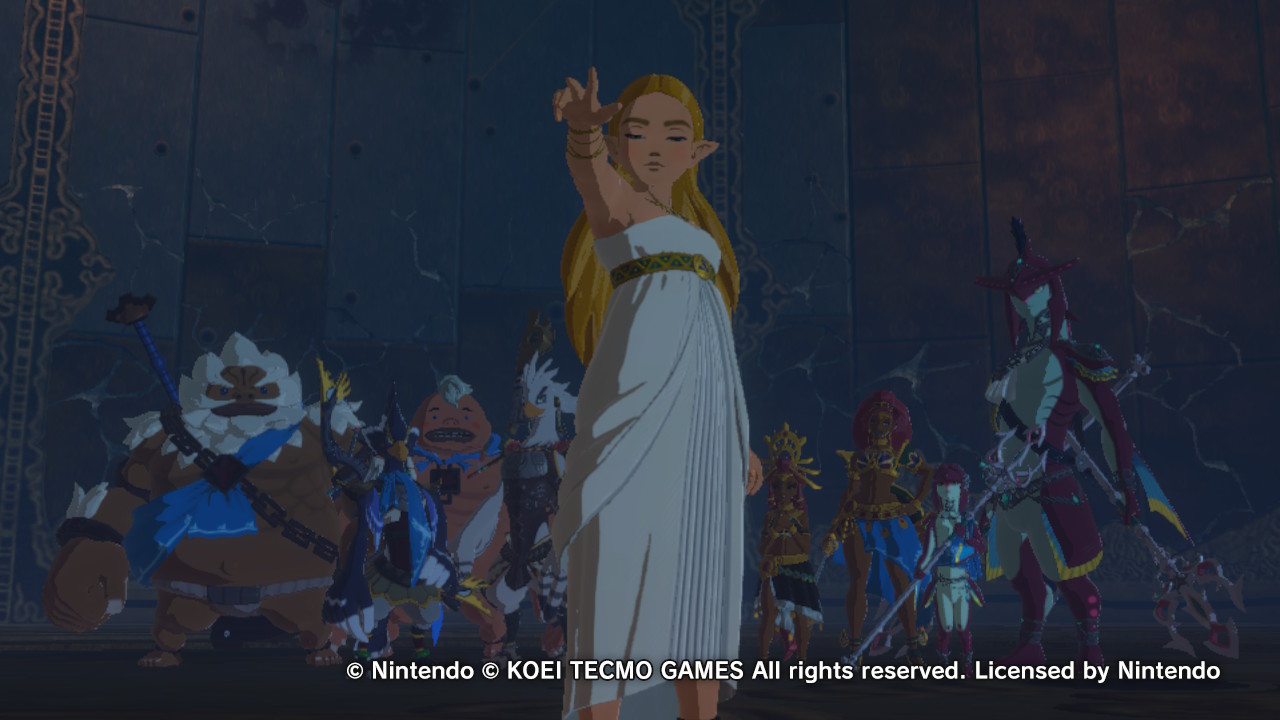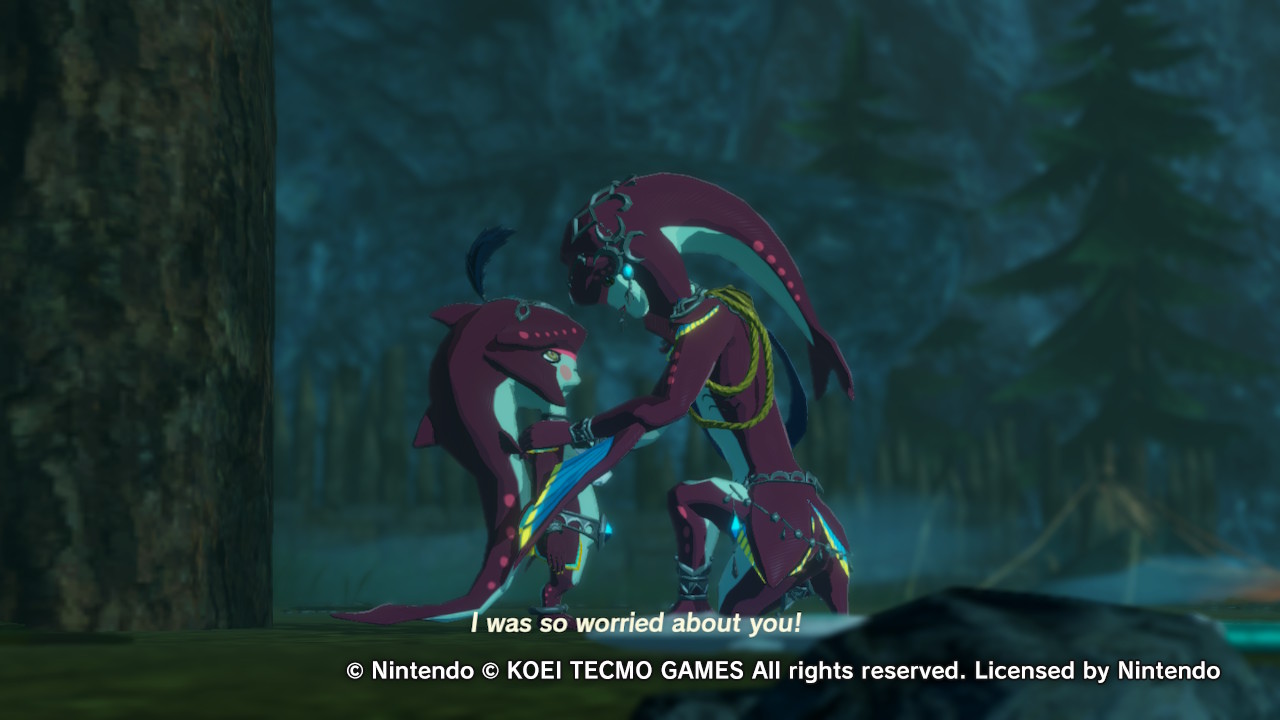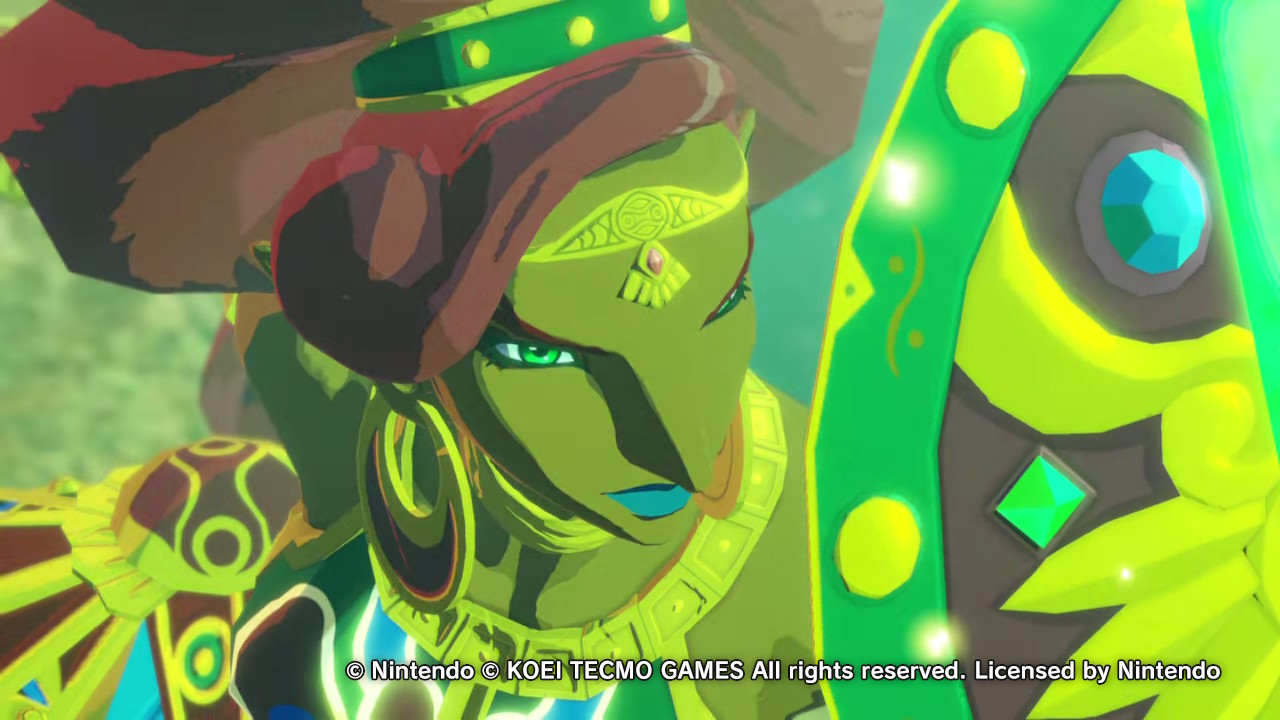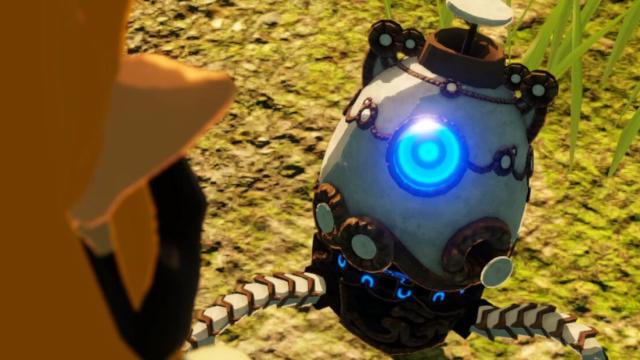I had high hopes for Hyrule Warriors: Age of Calamity, particularly for its story. As a prequel, it promised to tell a more in-depth tale of the fight against Ganon 100 years before Legend of Zelda: Breath of the Wild. But AoC failed that expectation in nearly every regard. What I didn’t expect, and what ultimately snuffed any hopes I had for enjoying the game, was how spectacularly AoC failed to live up to its promise. The game’s still new — so stop reading now if you’re worried about spoilers — but I think it’s time we have a discussion about that unforgivable plot twist.

I already knew, given the presence of time travel and Nintendo’s lengthy embargo, that AoC’s story would somehow feature the four guardians — Riju, Sidon, Yunobo, and Teba — from the “modern” BotW timeline. (For clarity’s sake, I’m going to call them the future guardians, while the AoC-era figures Urbosa, Mipha, Daruk, and Revali are simply the guardians.) After all, it wouldn’t be a proper Warriors game without an expansive cast of characters, and unless Princess Zelda and King Rhoam resorted to pulling randos off the battlefield — Link himself notwithstanding — Hyrule’s Calamity-era population was only getting smaller.

Despite my initial gut reaction, I really appreciated the future guardians’ presence. I adore Riju and Sidon and would protect them both with my life. The moments the future guardians shared with their ancestors were very sweet; the adoration and respect travelled both ways, surprisingly.
However, the interactions between the two generations of guardians, especially between Mipha and Sidon and Urbosa and Riju, constitute the only meaningful instances in the game when time is considered at all. When the future guardians drop in because of Terrako’s time shenanigans — I can call Terrako by its real name now, thanks embargo! — they dwell on the fact they’ve come from the future for one hot second before it’s jokingly dismissed. The game gives no consideration to what the presence of the future guardians implies, with no real discussion of “when I come from, you die here.”

So the twist is, the guardians who BotW told us died in the Calamity don’t actually die. This refusal to acknowledge the guardians’ mortality feels like a denial of what made Breath of the Wild so special. More than anything else, more than the guardians’ personal stories or an emotional retelling of the Calamity, I did not want AoC to change the fates of the guardians. As I noted in my demo impressions, I desired a satisfying story, not a happy one.
The guardians’ sacrifice underpins so much of the emotion in BotW, hovering around like a bittersweet sadness as Link slowly recovers his memories. The guardians were his friends; one of them even loved him enough to essentially propose. Every action Link takes in BotW is invested with the weight of their love and their sacrifice, which is what makes BotW such an incredibly emotional and beautiful tale.
Age of Calamity was supposed to offer a new connection to that tale. Instead it severs that connection with an anticlimactic handwave, replaced with a happily ever after that somehow feels sadder than how the real, tragic tale would have felt. As a result, Age of Calamity feels like a lifeless facsimile breathed into existence because Nintendo, for some reason, couldn’t reconcile with a story it had already told.

If AoC hadn’t been presented as a prequel to BotW all the timey-wimey bullshit wouldn’t matter. Perhaps Nintendo thought depicting the tragic death of the guardians would be too grim, and that saving everyone deus-ex-machina style would be better. And it might be. I’d love to see a story that meaningfully deals with the consequences of a new timeline. But that requires Nintendo to actually reconcile with the story it’s written, something Age of Calamity suggests it isn’t quite willing to do yet.

Leave a Reply